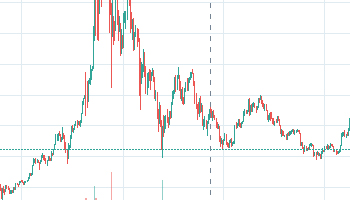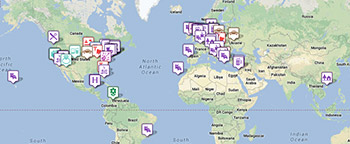The fact that Bitcoin now surpasses gold in value, and alternative cryptocurrencies are competing to take second place to it, means that Bitcoin is worth it if you can secure it. And you can get it by buying it or mining it yourself. Mining Bitcoin and other cryptocurrencies is possible, but only if you build upon the right foundations. Here is a general overview regarding how to build a Bitcoin miner.
Select the Right Hardware
Bitcoin mining can be done on any device with an internet connection. What you want is hardware that can crunch numbers fast, so you can earn as much Bitcoin as possible in a given period of time and also does it without wasting electricity.
Computer boards with high power FPGA chips designed specifically for Bitcoin mining do exist, but be prepared to pay for them. There is a Bitcoin mining client designed to run on a Raspberry Pi, consuming very little power, but you’ll get little out of it, too. And the more complex the hardware arrangement, the greater the odds of communication problems or software conflicts. Getting a computer science degree would give you a leg up when building rigs as you’ll be able to configure setups to perform better. Institutions like the New Jersey Institute of Technology offer online computer science master’s degree programs you can take from home in your free time.
Download the Right Software
Mining Bitcoin requires two separate pieces of software. The first is the Bitcoin mining software that does the mining. The second is a standard Bitcoin client so you can access the mined Bitcoins whether you want to store them in a wallet or sell them.
Decide on Your Approach
If you run a Bitcoin miner on your computer or networked servers, you’ll own every Bitcoin you “mine”. However, it may take a long time before you secure any Bitcoin, and you may not get any at all if your hardware cannot secure a Bitcoin because the bigger players are getting things done first. Depending on processing speed and power, it could take months or even years to secure one Bitcoin.
One option is join a Bitcoin mining pool. The data processing work is split up between multiple clients, and then the payment for the received Bitcoin is likewise shared. For mid-sized operations, pools have the benefit of smoothing out the payments because you’re getting some money on a regular basis for the computing effort. In all cases, if your servers go down, causing data to be lost, you don’t lose months of work. Note that some Bitcoin mining pools let you use conventional software, while others require you to install custom software to belong to the pool.
Selecting the right type of hardware is essential for any mining operation, and don’t try to build custom hardware that may not work right, since you need essentially 100% uptime for this system. And you should also consider joining a Bitcoin mining pool if you want to save on hardware.

 Updated every 10 minutes
Updated every 10 minutes


